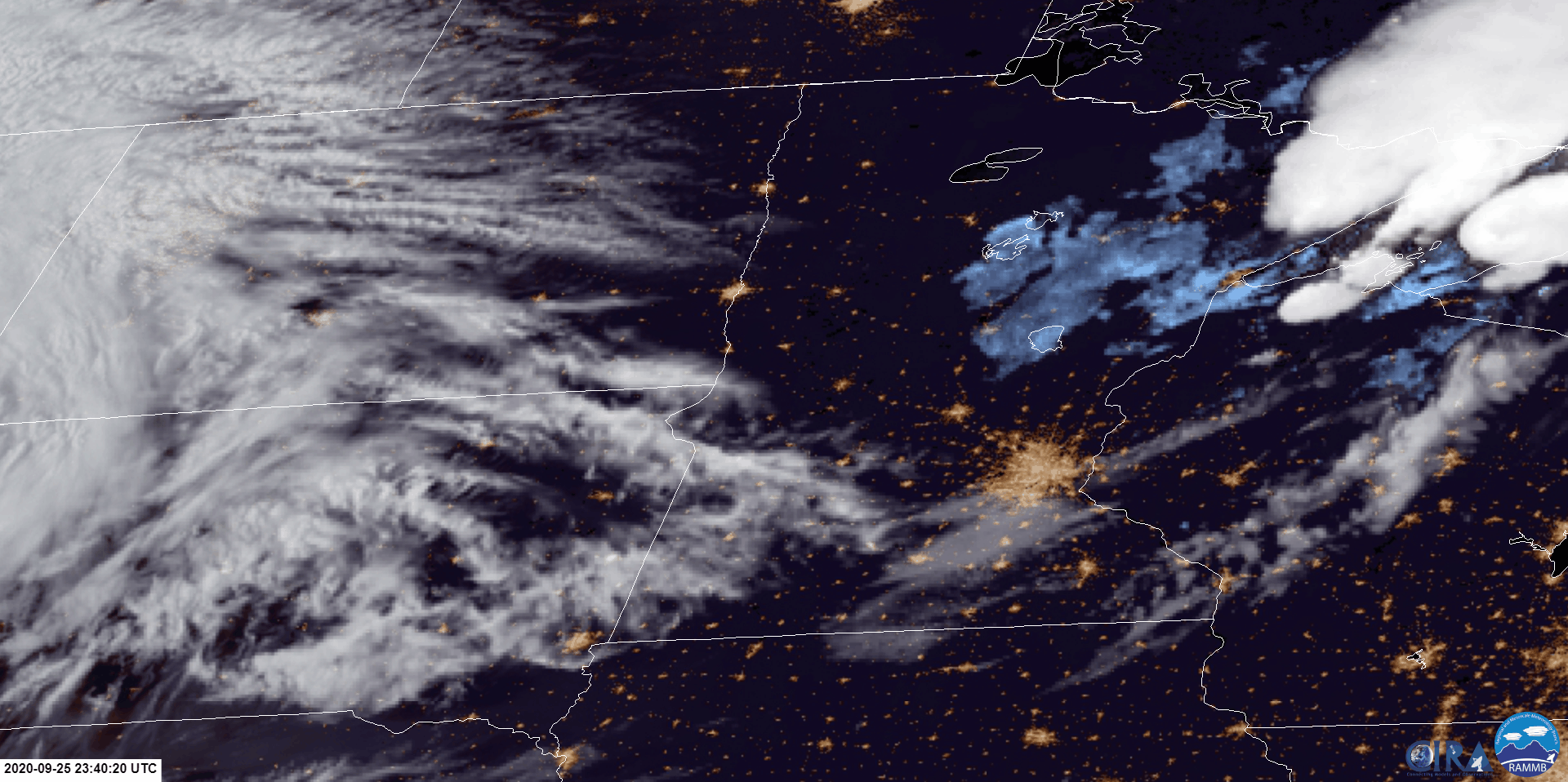Would you like to find who is advertising with Google AdSense? There is a Google file sellers.json . Most objects have a property “is_confidential”: 1, but other objects could have a domain name and other information. Be aware, the file is huge, more than 140 MB and getting bigger. Of course, there is more than one million sellers. Below is a command to download it:
curl https://storage.googleapis.com/adx-rtb-dictionaries/sellers.json -OHere are several example commands utilizing jq tool:
# let's find how many sellers are in the file
$ jq '.sellers[] | length ' sellers.json | wc -l
1302360
# one concrete seller_id
$ jq '.sellers[] | select(.seller_id == "pub-0000000381088596")' < sellers.json
{
"seller_id": "pub-0000000381088596",
"is_confidential": 1,
"seller_type": "PUBLISHER"
}
# all non confidential sellers
$ jq '.sellers[] | select(.is_confidential != 1)' < sellers.json
...removed...
#all objects with domain
$ jq '.sellers[] | select(.domain != null)' < sellers.json | head -11
{
"seller_id": "pub-0000074043221914",
"seller_type": "PUBLISHER",
"name": "Imago Informationstechnologie GmbH",
"domain": "automobile.de"
}
...truncated...
# all objects with domain containing .tv
$ jq '.sellers[] | select(.domain != null) | select(.domain | contains(".tv"))' < sellers.json
{
"seller_id": "pub-0015244548563708",
"seller_type": "PUBLISHER",
"name": "Richard Foster",
"domain": "streamfree.tv"
}
...truncated...




